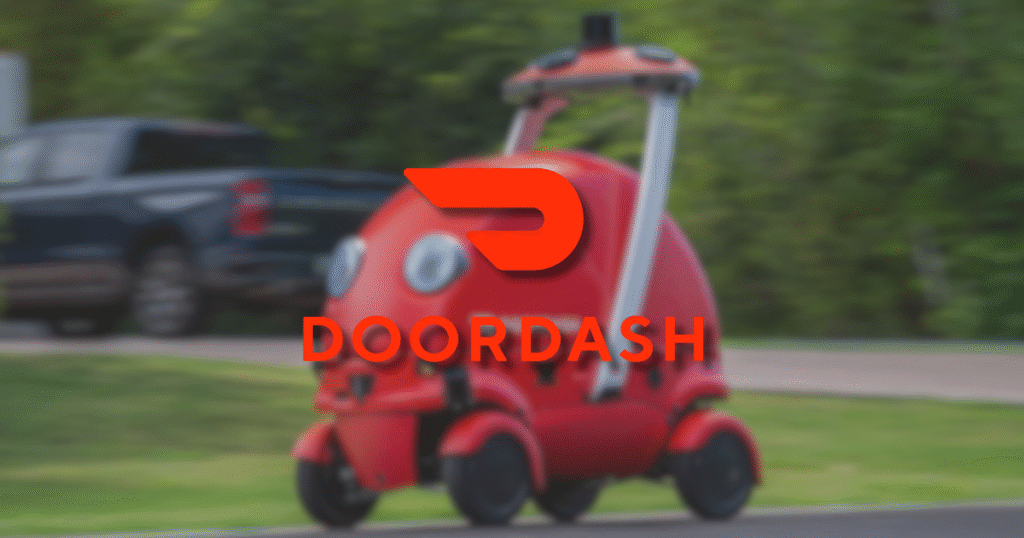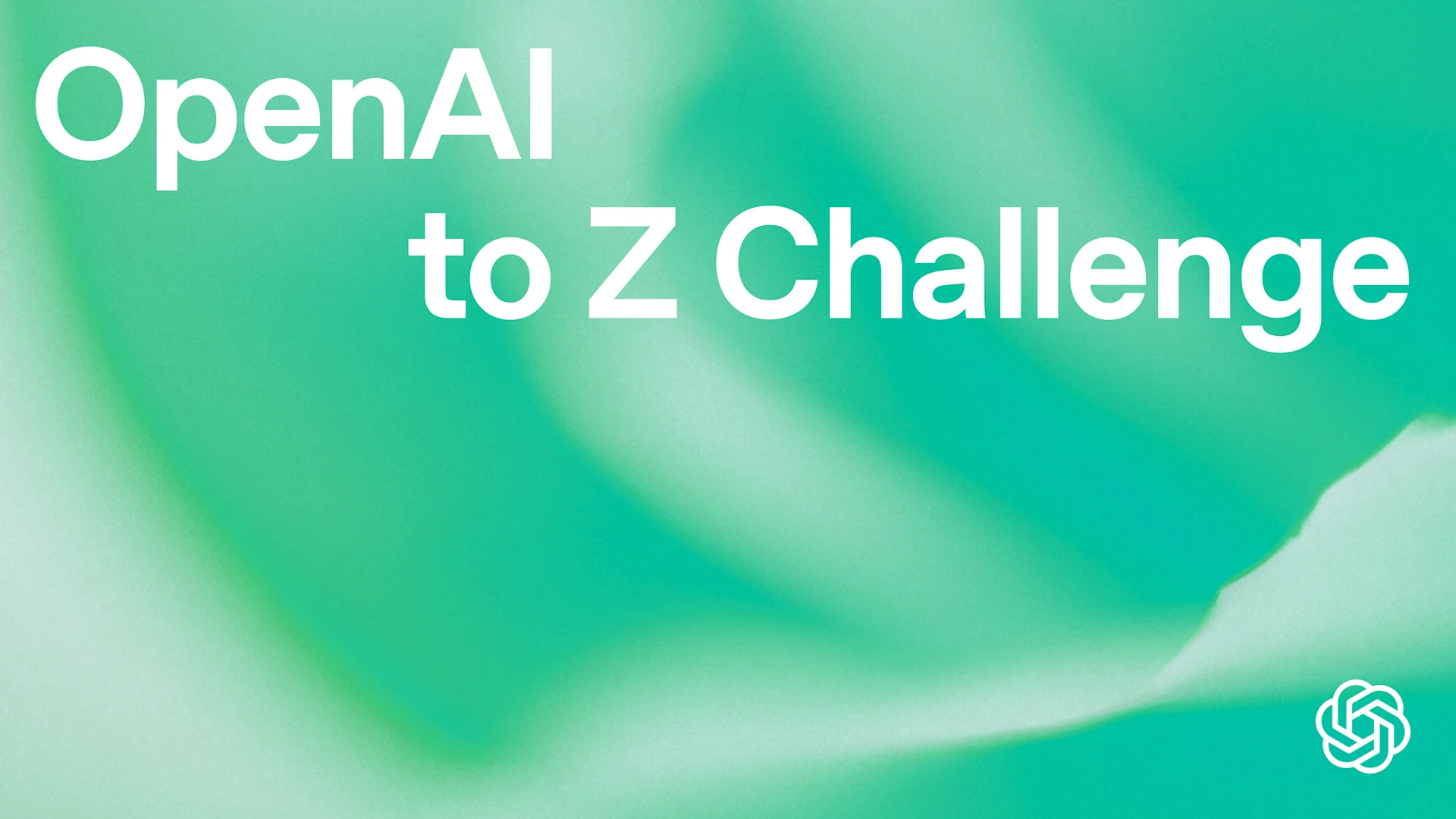Robots are no longer a far-off concept, they’re rolling through neighborhood streets. DoorDash Labs has just unveiled an all-electric DoorDash delivery robot designed to bring meals directly from restaurant kitchens to customer doorsteps.
The robot stands 4’6”, weighs 350 pounds, and can carry the equivalent of six pizza boxes. It navigates at speeds of up to 20 mph using cameras, radar, and lidar sensors. More importantly, it is orchestrated alongside human Dashers, drones, and sidewalk bots through DoorDash’s new Autonomous Delivery Platform.
This signals more than a flashy pilot program. It’s a clear sign of how robotic delivery systems will function at scale, and how logistics will increasingly become a matter of hybrid fleet management rather than single-mode solutions.
TL;DR
- DoorDash has introduced an all-electric delivery robot in Tempe and Mesa.
- It aims to solve the “last ten feet” problem: taking food directly to a customer’s door.
- Hybrid orchestration of robots, drivers, and drones will define the future of delivery.
- Challenges remain, from stairs and elevators to local regulations and public perception.
- Restaurants and logistics teams must prepare for orchestration platforms that shift costs and redefine service.
Why the DoorDash Delivery Robot Matters
The rise of the DoorDash delivery robot is not about novelty, but about solving a pressing logistics challenge: the final stretch of food delivery.
Traditionally, the last mile has been treated as a “driver problem,” where efficiency depends on gig workers moving quickly through urban spaces. But the last ten feet, from curbside to customer door, introduces new friction points. Stairs, elevators, and gated communities complicate the process.
DoorDash’s pivot reframes delivery as a systems challenge. By orchestrating robots, drones, and human Dashers, the company signals a move toward a platform-based future where each order is dynamically matched to the best mode of transport.
Companies that invest in systems thinking rather than piecemeal solutions gain long-term resilience.
Inside the DoorDash Delivery Robot
The technical specs give us a glimpse into the ambition:
- Height and weight: 4’6”, 350 lbs
- Capacity: Six pizza boxes or equivalent volume
- Speed: Up to 20 mph in residential zones
- Navigation: Multi-sensor system with cameras, radar, and lidar
- Integration: Operates within DoorDash’s new Autonomous Delivery Platform
This is not just another robot pilot. By embedding it into a broader orchestration platform, DoorDash ensures the robot isn’t operating in isolation but as part of a hybrid logistics ecosystem.
Challenges Facing the DoorDash Delivery Robot
Despite its promise, the DoorDash delivery robot faces clear obstacles:
- Built environment limitations – Stairs, elevators, and locked gates make full door-to-door delivery inconsistent.
- Regulatory hurdles – Local governments are still debating whether robots can share bike lanes, sidewalks, or roads safely.
- Public perception – While some embrace convenience, others see robots as intrusive or job-threatening.
- Operational complexity – Managing a hybrid fleet of robots, drones, and humans requires sophisticated algorithms and real-time coordination.
In broader automation debates, public trust and regulatory approval are often just as decisive as the technology itself.
The Strategic Impact for Restaurants and Retailers
For restaurants and logistics professionals, the DoorDash delivery robot is more than a novelty. It represents a shift in how delivery is conceptualized and managed.
Three key implications stand out:
1. Delivery Becomes a Systems Problem
No single mode – driver, drone, or robot – is sufficient for every situation. Success lies in orchestrating hybrid fleets where orders are intelligently routed to the most efficient delivery method.
2. Cost Structures Will Shift
Robots can reduce labor dependency and increase consistency, but they also introduce capital costs, maintenance, and software overhead. Businesses will need to evaluate whether efficiency gains offset new expenses.
Automation in logistics can lower unit costs but requires upfront investments and ongoing recalibration.
3. Customer Expectations Will Evolve
When food arrives quickly and reliably by robot, consumers may demand the same consistency across all orders. Restaurants and retailers will need to rethink service standards, including how the last ten feet of delivery impacts the overall customer experience.
Looking Ahead: The Hybrid Future of Delivery
The pilot in Tempe and Mesa is just the beginning. If successful, DoorDash could roll out its delivery robot across major U.S. metros, creating a hybrid fleet that blends humans, bots, and drones.
This approach mirrors broader trends in logistics where flexibility, not uniformity, drives advantage. Companies that integrate autonomous systems with human oversight tend to scale faster while maintaining service quality.
The DoorDash delivery robot is less about replacing people and more about redefining orchestration. For brands in food, retail, or logistics, now is the time to consider how hybrid systems will reshape both cost structures and customer promises.
FAQs on the DoorDash Delivery Robot
1. Where is the DoorDash delivery robot being tested?
In Tempe and Mesa, Arizona, as part of a pilot program.
2. How fast can the robot travel?
It can reach up to 20 mph on neighborhood streets.
3. What problem does it solve?
It addresses the “last ten feet” challenge, bringing food from curbside all the way to the customer’s door.
4. Does the robot replace human Dashers?
No, it is part of a hybrid fleet that includes drivers, drones, and sidewalk bots.
5. What challenges remain?
Regulations, public perception, and built environment barriers like stairs and elevators.
Conclusion: Beyond the DoorDash Delivery Robot
The DoorDash delivery robot is more than a machine rolling down the street. It symbolizes a shift in how logistics is designed and executed. By reframing delivery as a systems challenge and embracing hybrid orchestration, DoorDash is charting a path that other retailers and restaurants may soon follow.
The future of delivery won’t be about choosing between humans or robots. It will be about how well each business orchestrates both to create reliability, efficiency, and delight at the doorstep.
Related content you might also like:
- The Future of On Demand Retail
- On Innovation: The Importance of Hybrids
- Humanoid Robots: The Future of Household Automation – But Not as Soon as You Think
- Companion Robots in Healthcare: Redefining Senior Care Models
- A Purposeful Life in a Land of Robots



